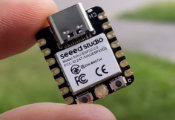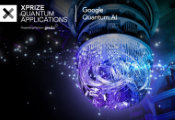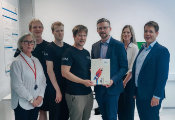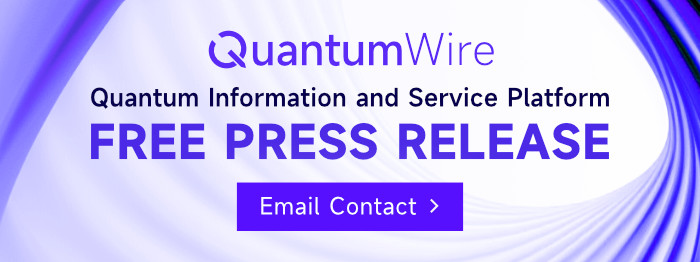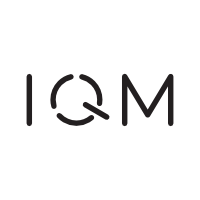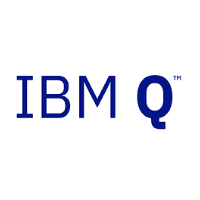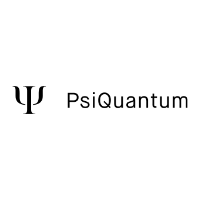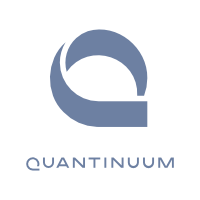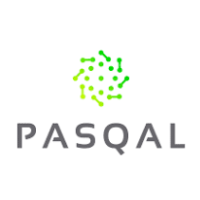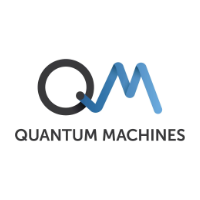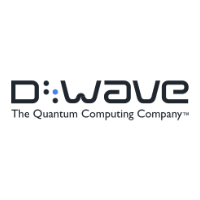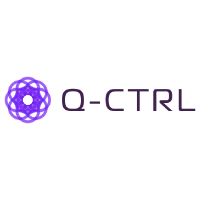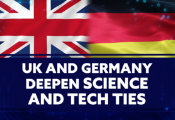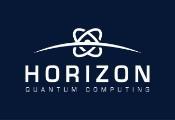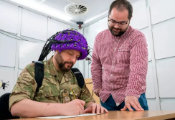Canadian Quantum Technology Tested on the ISS
February 13, 2025 -- To ensure data security, current communication systems use encryption methods that rely on algorithms based on complex mathematical problems. These encryptions, which protect data, are extremely difficult to decode with today's computers. However, the emergence of powerful quantum computers will drastically weaken these protections. This poses a significant risk to the security of confidential public, private, and commercial data – like financial transactions and customer databases.
As traditional encryption methods become increasingly vulnerable to sophisticated attacks, innovative solutions are essential to safeguard sensitive information. Quantum encryption offers a fundamentally secure way to share critical and sensitive data using the unique properties of photons (individual particles of light) to generate a secret key between two users exchanging information. This technique, also known as quantum key distribution (QKD), enables two parties to produce a shared random secret key known only to them, which can then be used to encrypt and decrypt messages. An important and unique property of QKD is its capacity to detect the presence of any third party trying to intercept the key.
Canadian quantum innovation on the International Space Station (ISS)
A Canadian photon detector module that was designed, assembled, and programmed at the University of Waterloo recently launched to the ISS on NASA's SpaceX CRS-31 commercial resupply mission.
This technology, funded under the Canadian Space Agency's (CSA's) Flights and Fieldwork for the Advancement of Science and Technology (FAST) initiative, is part of SEAQUE, a larger experiment that aims to lay the groundwork for future quantum communications networks in space and on Earth. During this experiment, the instruments, including the Canadian photon detector, will be directly exposed to the severe environment of space to test their performance under intense radiation. SEAQUE is an important step toward making these quantum communications networks a reality.
Other quantum-related technology development
The CSA is currently planning the QEYSSat mission, which will demonstrate QKD between ground and space using a Canadian-built quantum communication platform.



